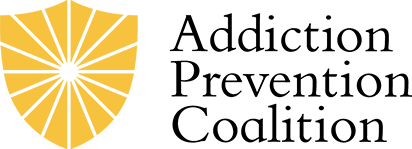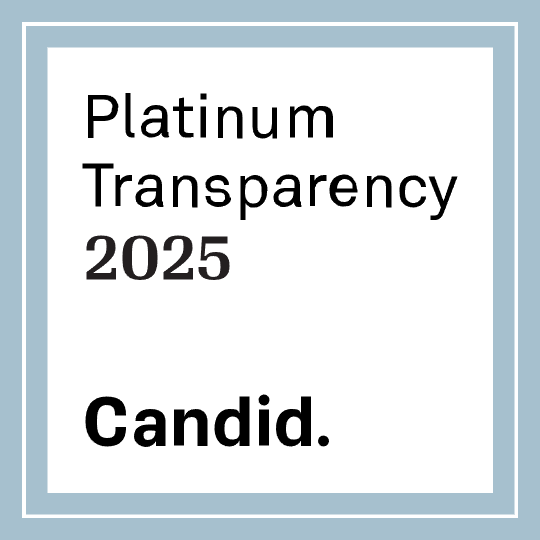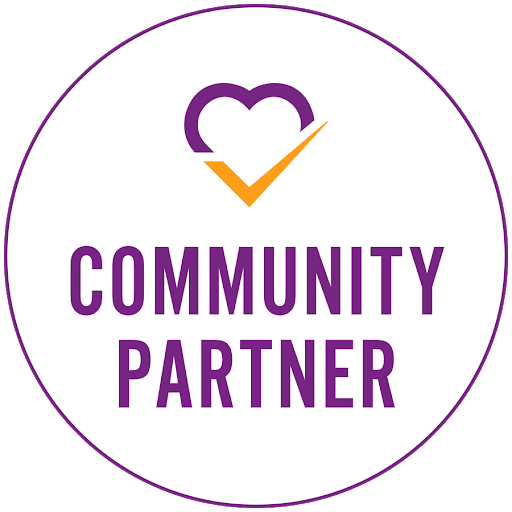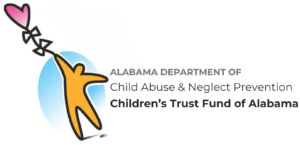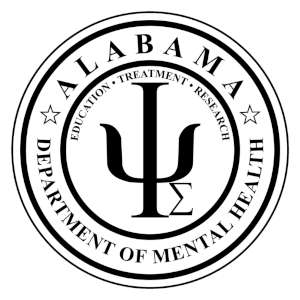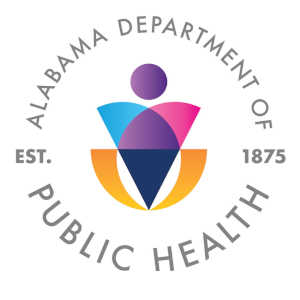Celebrations are an opportunity for healthy dialogue.
At times, being a teenager seems like life is strung between a series of celebrations: Birthdays, Spring Break, Prom night, graduation, college acceptance parties, and the list goes on. Teenagers are going through an exciting time in life when experiences are new and the world feels open and free.
Unfortunately, these parties are often a haven for teenagers to experiment with alcohol and drugs. Lack of supervision, peer pressure, and access to substances all contribute to why these celebrations are prime locations to start a habit.
To help teenagers and parents understand the risks and alternatives to partying under the influence, the Addiction Prevention Coalition has compiled a list of talking points to discuss as a family:
The Feeling Is Temporary; the Consequences Are Permanent
 As your teenager enters adulthood, it can be difficult to understand that actions have a gravity that may affect many people. Consequences can last longer than a day. Many families end this exciting time of year heartbroken and lost because of a few poor decisions. Drugs and alcohol are especially dangerous when paired with driving. Some facts to consider:
As your teenager enters adulthood, it can be difficult to understand that actions have a gravity that may affect many people. Consequences can last longer than a day. Many families end this exciting time of year heartbroken and lost because of a few poor decisions. Drugs and alcohol are especially dangerous when paired with driving. Some facts to consider:
It is important for parents to strongly enforce no driving under the influence.
- Young drivers (ages 16-20) are 17 times more likely to die in a crash when they have a blood alcohol concentration of .08% than when they have not been drinking. (CDC)
- 1 in 5 teen drivers involved in fatal crashes had some alcohol in their system in 2010. (CDC)
- Statistics show that roughly one-third of alcohol-related teen traffic fatalities occur between April and June — the peak of prom and graduation season. (Promises Treatment Center)
Alcohol Is Not Necessary to Have a Good Time
Forgive teenagers for thinking alcohol makes things more fun. Alcohol and drug companies invest millions of dollars to make their products seem appealing through advertising.
According to a report published in the NHIB, television advertisements portray “drinking with valued personal attributes such as sociability, elegance, and physical attractiveness and with desirable outcomes such as success, relaxation, romance, and adventure.”
Try this exercise to break that misconception: Imagine the last time your family had fun where no alcohol was present. Having this frame of reference can help teenagers see they don’t need alcohol to have fun. In fact, given the risks, a sober celebration can be more fun.
Peer Pressure Is Not Permission to Misbehave
In a culture of “influencers,” we can teach teenagers to be the positive impact on their peer group. How your teenager behaves can set the examples for other teens. Talk about the different types of negative peer pressure, overt and inadvertent.
– Negative: Overt Peer Pressure: Being offered an alcoholic drink or cigarette or being invited to a party where it is expected attendees will drink.
– Negative: Inadvertent Peer Pressure: being in uncomfortable social situations, seeing behavior on social media, or substances’ portrayal in media (see 2). (alcohol.org)
+ Positive: Overt Peer Pressure: Encouraging others not to drink or taking car keys from a person who has had too much to drink.
+ Positive: Inadvertent Peer Pressure: Choosing not to drink at a party or making other sober teens feel more comfortable not drinking.
Set expectations WITH your teenager. There are strategies to combat peer pressure:
- Make an evacuation plan! (see below)
- Encourage your teenagers to maintain relationships with people who do not drink or do drugs.
- Use scapegoat tactics in uncomfortable social situations. Hold a non-alcoholic drink or blame parents for being unable to drink. Both of these can reduce the amount of overt peer pressure.
Make an Emergency Plan
Easy-Outs. X Plan. Eject Button. Whatever you want to call it, make an Emergency Plan to rescue your teen from uncomfortable situations. Making an Emergency Plan only requires communication and a little coordination:
Create a code: If you follow Bert Fulk’s X Plan, this can be as simple as an ‘X’ text message. Agree on a code that wouldn’t be confused for a daily conversation.
Make a Procedure: This can include calling your teenager, picking them up immediately, or requesting more information. When a family member receives the code, the plan should be immediately put into action. It is advised to make discussing the emergency event voluntary, no questions asked.
Practice: Make sure everyone understands the terms of the emergency plan. Communicate with each other, and above all, make sure your teen has a way to get out of uncomfortable situations.
These are Times to Remember
Teenage years are relatively care free. There are few bills to pay or responsibilities to attend to. It can be a time of fun and happy memories. Parents want sober celebrations, not to make them less fun, but to ensure the memories are happy ones.
 Teens should realize they are most in control of their own happiness when they are sober. Embrace the joy of being a teenager has to offer. Having fun and being responsible are not mutually exclusive!
Teens should realize they are most in control of their own happiness when they are sober. Embrace the joy of being a teenager has to offer. Having fun and being responsible are not mutually exclusive!
Written by: Hunter Freeman

